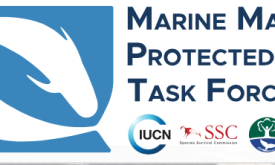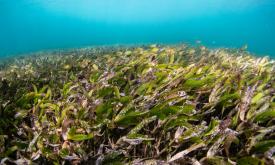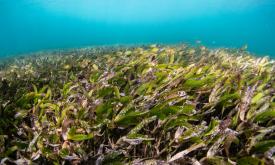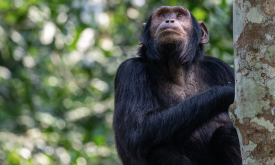Biodiversity & Forest
Title: Africa Regional Centres of Excellence - ArcX: Biodiversity & Forest Component.
Main Objective: The Biodiversity & Forest Component of the ArcX programme focuses on the sustainable management of biodiversity, forests, protected areas, and ecosystems across Africa. Its goal is to maintain ecosystem services essential for the well-being of local populations.
Specific Objectives:
- Establish Regional Centres of Excellence (RCoEs) as reference points for biodiversity data to inform policies;
- Develop indicators and information systems to monitor the EU-supported NaturAfrica initiative;
- Enhance cross-sectoral and cross-regional coordination among stakeholders to address challenges in Science, Technology, and Innovations (STI) for Africa’s green transition;
- Focus on metrics for decision-making, effective management of protected areas, development of forest information systems, and supporting national conservation efforts and global reporting (e.g., NBSAPs).
Starting Year: 2024
Implementation Duration: 48-54 months
Areas of Impact:
- Data Collection and Sharing: Harmonising and making biodiversity, forestry, and ecosystem data accessible through open-source systems;
- Scientific and Policy Support: Delivering scientific and policy analyses to improve regional decision-making;
- Capacity Building: Strengthening institutional and human capacities for better coordination among biodiversity stakeholders;
- Global Engagement: Collaborating with continental and global institutions like the CBD to sustain biodiversity conservation and ecosystem services.
Target Groups: Continental bodies, research institutions, academia, civil society, private sector, local communities, and all African citizens.
ArcX Partners: See ArcX Partners card and the ArcX Partnership Map.
Intermediary Organisations: Center for International Forestry Research and World Agroforestry (CIFOR-ICRAF).
Scientific and Technical Support from EC - DG JRC: JRC Unit D6 (Nature Conservation and Observations).












